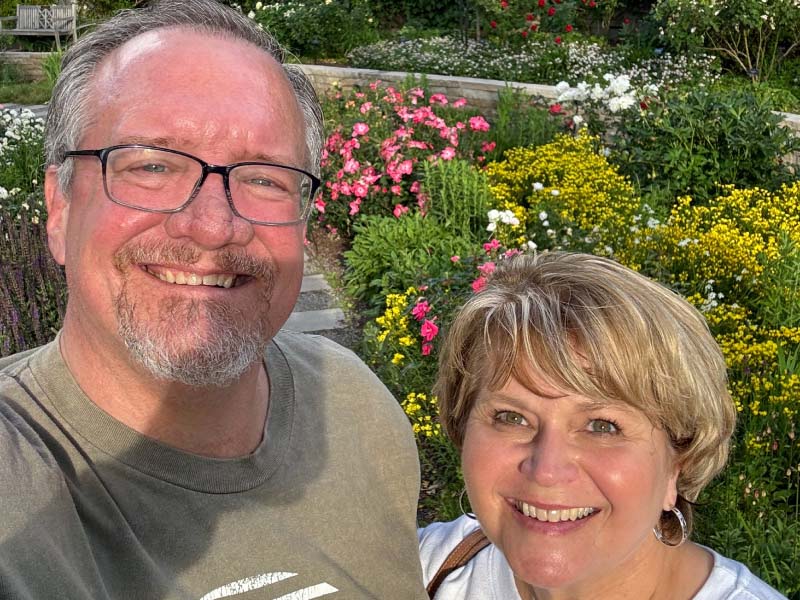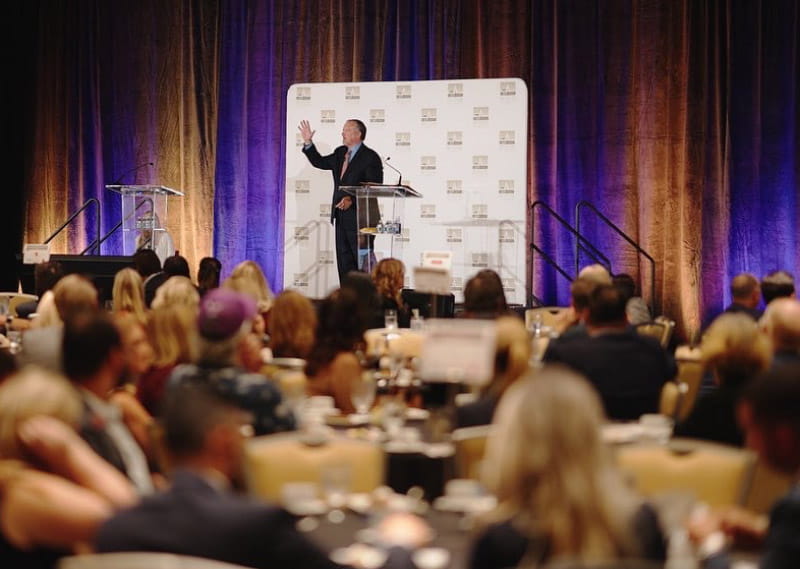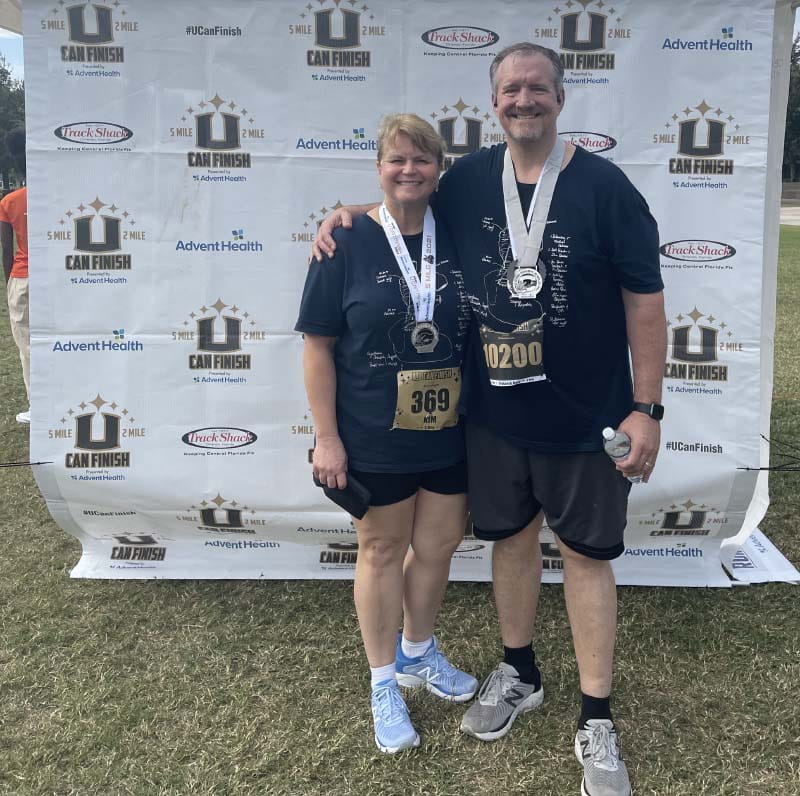Jolted awake at 2 a.m., his aorta had torn
By Diane Daniel, American Heart Association News

Roy and Kim Reid started a Memorial Day weekend with dinner and a movie at home. When Kim went to bed, Roy decided to watch another film. At some point, he fell asleep on the couch.
Around 2 a.m., Roy jolted awake in intense pain. It felt like someone was punching a hole through his chest and squeezing the life out of his heart. He managed to reach the bedroom to wake up Kim.
"I think I'm having a heart attack," he said.
At the hospital near their home in Longwood, Florida, a nurse noticed that Roy had lost feeling in his arms and legs. To him, that signaled something more serious – a life-threatening condition called an aortic dissection.
Tests confirmed those suspicions: the wall of Roy's aorta, the main artery carrying blood away from the heart, had torn. He needed open-heart surgery – somewhere else. Roy was airlifted to a better-equipped hospital in nearby Orlando. Doctors replaced a valve and the upper arch of his aorta.
After the six-hour surgery, doctors put Roy in a medically induced coma for a week to allow his brain and body to recover more gently from all the trauma he'd endured.
Kim and the youngest of their four children, a daughter in high school, stayed at the hospital all week, sleeping in chairs in a waiting room. Every time Kim heard an emergency call over the intercom, she held her breath until hearing the room number. It was never Roy's.
When Roy came to, he felt like he'd woken up in the middle of a plane crash. He was relieved and terrified.
He was hooked up to multiple machines, including one that breathed for him. As he wrote messages on a pad of paper, it became apparent to Kim and the medical staff that Roy was thinking clearly. His organs fully worked as well. The next day, Roy was able to breathe on his own.
Doctors didn't know why Roy, then 54, had the aortic dissection. Some factors could have contributed. He was overweight, had sleep apnea and sometimes experienced high blood pressure. But Roy also was physically active. He trained and taught taekwondo, in which he held a fifth-degree black belt. He and his daughter often exercised together at a boxing gym. He believes his fitness helped him survive.
Roy stayed in the hospital for a month as he healed. He didn't particularly mind, because he was scared to leave the safety of a medical setting. What would happen without a team of doctors and nurses on hand?
To help him understand his new limits, Roy attended cardiac rehabilitation. The sessions also gave him the confidence to trust that he could be active again. He didn't return to taekwondo because the risks of being hit in the chest were too high. Instead, he started walking and riding a stationary bicycle.
Later that year, in 2019, a complication related to the dissection led to a procedure to place a stent in his heart. That was done in February 2020, just before the start of the COVID-19 pandemic.
At the time, Roy worked in communications on the corporate campus of a large health system. As an essential worker, he was one of the few people in the office. He used the campus as his walking route and kept moving.
In May 2022, Roy left his position to focus independently on the work he'd already been doing at institutions. He's now a coach, consultant, motivational speaker and author, focused on the power of trust in personal and business settings.
"Leaning into my own experience is part of that story," Roy said. "I'd already been teaching and training that for years, but what I went through gave me an even deeper understanding of how transformative trust can be. I hope that my story provides people with the ability to find their resilience and durability."

He's also had several friends and acquaintances reach out to talk about their health issues.
"I feel extraordinarily blessed to be able to help people in that space," he said. "That's what motivates me in many ways."
Having shed 40 pounds since the dissection, Roy is now such an avid walker that he's entered many running events, "walking briskly" as much as 13.1 miles during half-marathons.
"What happened to Roy woke me up to take care of myself a little better," Kim said. "I'm more active, and we do walks together."

Kim calls Roy's health event "horrible and beautiful in terms of it being life-giving in so many ways."
Roy shares her outlook.
"Although I wouldn't wish it on anyone, I look at it as the best thing that ever happened to me," he said. "It's given me enlightenment, opportunity, insights and a chance to do the things I was put here to do."
Stories From the Heart chronicles the inspiring journeys of heart disease and stroke survivors, caregivers and advocates.





